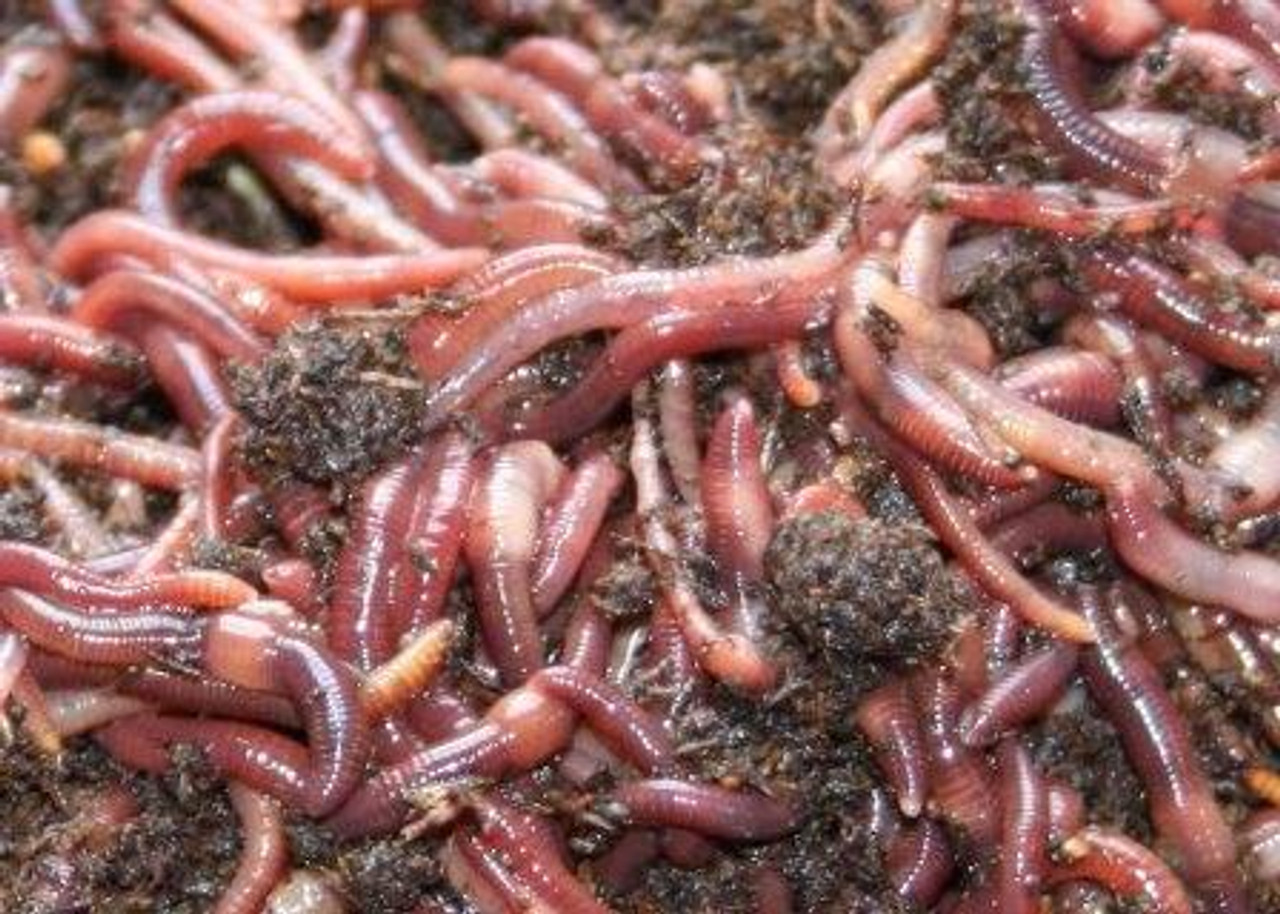Red Wiggler Express: A Trusted Name for Worms and Angling Needs
Red Wiggler Express: A Trusted Name for Worms and Angling Needs
Blog Article
Open the Keys of Red Wigglers: Your Overview to Composting Success
The assimilation of red wigglers right into composting methods offers a significant possibility for improving soil health and advertising sustainability. Comprehending their needs and behaviors is vital for enhancing their potential, from establishing up a proper worm bin to feeding them the right products.

What Are Red Wigglers?
(Red Wiggler Express)Red wigglers, clinically referred to as Eisenia fetida, are a types of earthworm mostly made use of in composting because of their amazing capacity to disintegrate organic issue effectively. These worms are characterized by their reddish-brown pigmentation and a segmented body, typically determining between 3 to 4 inches in size. Unlike various other earthworm types, red wigglers thrive in abundant, organic settings, making them perfect for vermicomposting systems.
Belonging To North America, they are usually found in decomposing leaves and garden compost piles, where they play a critical function in nutrient recycling. Their adjustment to living in a damp, cardio environment enables them to take in huge quantities of organic waste, damaging it down right into nutrient-rich spreadings that boost soil health and wellness.
Red wigglers duplicate quickly, with a solitary worm qualified of generating numerous cocoons each week, each containing numerous hatchlings. Comprehending the biology and actions of red wigglers is essential for optimizing their possibility in composting applications.
Advantages of Making Use Of Red Wigglers
Using the power of red wigglers in composting offers countless benefits that improve soil health and promote lasting waste administration. These exceptional microorganisms effectively damage down natural matter, transforming kitchen scraps and yard waste right into nutrient-rich vermicompost. This completed product is remarkably helpful for plant growth, as it improves dirt framework, increases moisture retention, and boosts nutrition schedule.

(Red Wiggler Express)Furthermore, the presence of red wigglers in your composting system can increase the composting process, generating high-quality garden compost in a fraction of the moment contrasted to conventional methods. The spreadings produced by these worms are also brimming with valuable microbes that better enrich the soil ecosystem.
Establishing Up Your Worm Container
Developing an efficient worm container is a straightforward procedure that can substantially boost your composting initiatives. The initial step is selecting an appropriate container. Worm bins can be made from plastic storage space bins, wooden boxes, or commercially readily available worm bins. Make sure the container has adequate drain and informative post air flow holes to preserve ideal dampness degrees and airflow.
Following, prepare the bed linen product, which offers as the worms' environment. A mix of shredded newspaper, cardboard, and coconut coir functions well, providing a comfortable atmosphere for the worms.

Feeding Your Red Wigglers
To guarantee the health and wellness and productivity of your red wigglers, it is important to give them with a balanced diet plan that satisfies their dietary requirements. Red wigglers prosper on a diverse range of organic materials, which not only provide necessary nutrients but also promote effective composting.
Beginning by integrating cooking area scraps such as vegetable peels, fruit cores, and coffee grounds. Prevent citrus fruits, onions, and garlic, as these can be detrimental to worm health. Additionally, present shredded paper, cardboard, and dry leaves to create a well-aerated atmosphere.
Feeding regularity ought to be kept track of; generally, worms can take in half their body weight in food weekly. It is critical to stay clear of overfeeding, as excess food can result in undesirable odors and bring in pests. A great technique is to include food in small amounts, enabling worms to process it before introducing more.
Preserving dampness degrees is additionally important; the bed linen needs to be moist but not soaked. Finally, make sure to routinely check the temperature and pH levels of the container to make certain an ideal atmosphere for your red wigglers, eventually enhancing their composting effectiveness.
Harvesting and Using Garden Compost
A successful composting process with red wigglers finishes in the rich, dark compost called vermicompost, which can considerably boost dirt health and wellness and plant growth. Collecting this nutrient-dense product commonly happens every 3 to 6 months, depending upon the dimension of your system and the quantity of raw material being processed.
To harvest, delicately different the compost from the worms and any kind of undecomposed materials. One reliable technique entails moving the components of the container to one side and including fresh bedding and food to the void, motivating the worms to migrate. After a couple of days, the garden compost can be accumulated from the opposite side.
It is necessary to use vermicompost appropriately to maximize its benefits. By including vermicompost right into your horticulture regimen, you not only reuse natural waste yet likewise create a growing community that sustains lasting gardening techniques.
Final Thought
In recap, red wigglers serve as remarkable allies in composting efforts, transforming organic waste right into nutrient-rich vermicompost. By understanding the optimal problems for their environment, feeding needs, and garden compost harvesting strategies, garden enthusiasts can boost dirt wellness and advertise plant vigor.
Report this page